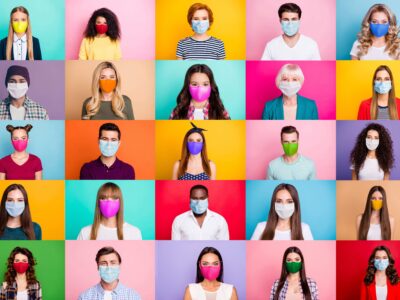It’s probably pretty common for people to equate the term arthritis with osteoarthritis, the wear-and-tear form of arthritis that’s common in adults as we get older. But that’s just one type of arthritis. There are many more, including types that specifically affect children. In general terms, that group of disorders is referred to as childhood arthritis or juvenile arthritis. The […]
Family


Always At Your Service
Merritt Island physician offers concierge medicine model to better serve his patientsA survey conducted in 2022 by the highly respected physician search firm Merritt Hawkins showed that in 15 of the largest US markets, patients had to wait an average of 26 days for their first appointment with a new primary care provider. And, of course, that visit didn’t last very long. With too many patients to see and too little […]


If You Drink This Holiday Season, Don’t Even Think About Driving
Car accidents involving intoxicated drivers happen even more often during the holidays, when social binge-drinking is more accepted and prevalent. Increased drinking at holiday parties and gatherings leads to an uptick in impaired drivers on the road and a higher risk for alcohol-related accidents. So, even if you drive sober, there’s a greater chance you’ll be sharing the road with […]


Hints for Handling Holiday Stress
The holidays are upon us. But along with the holidays comes a dizzying array of demands on our time and energy. These demands include planning and preparing meals, baking, shopping, cleaning, attending holiday events and entertaining guests. This season is supposed to be a joyous time full of celebrations with family and friends. But often, we set impossibly high expectations […]


Youth at Risk
As the summer rages on, coronavirus infection rates continue to climb across the country. States such as Texas, Arizona and Florida are seeing record spikes on an almost daily basis. As of July 15, there were more than 3.41 million infections and at least 134,000 deaths from the virus in the US, and it’s not done. Unfortunately, in the midst […]




